Home>Seasonal Storage>Why Do We Do Easter Baskets
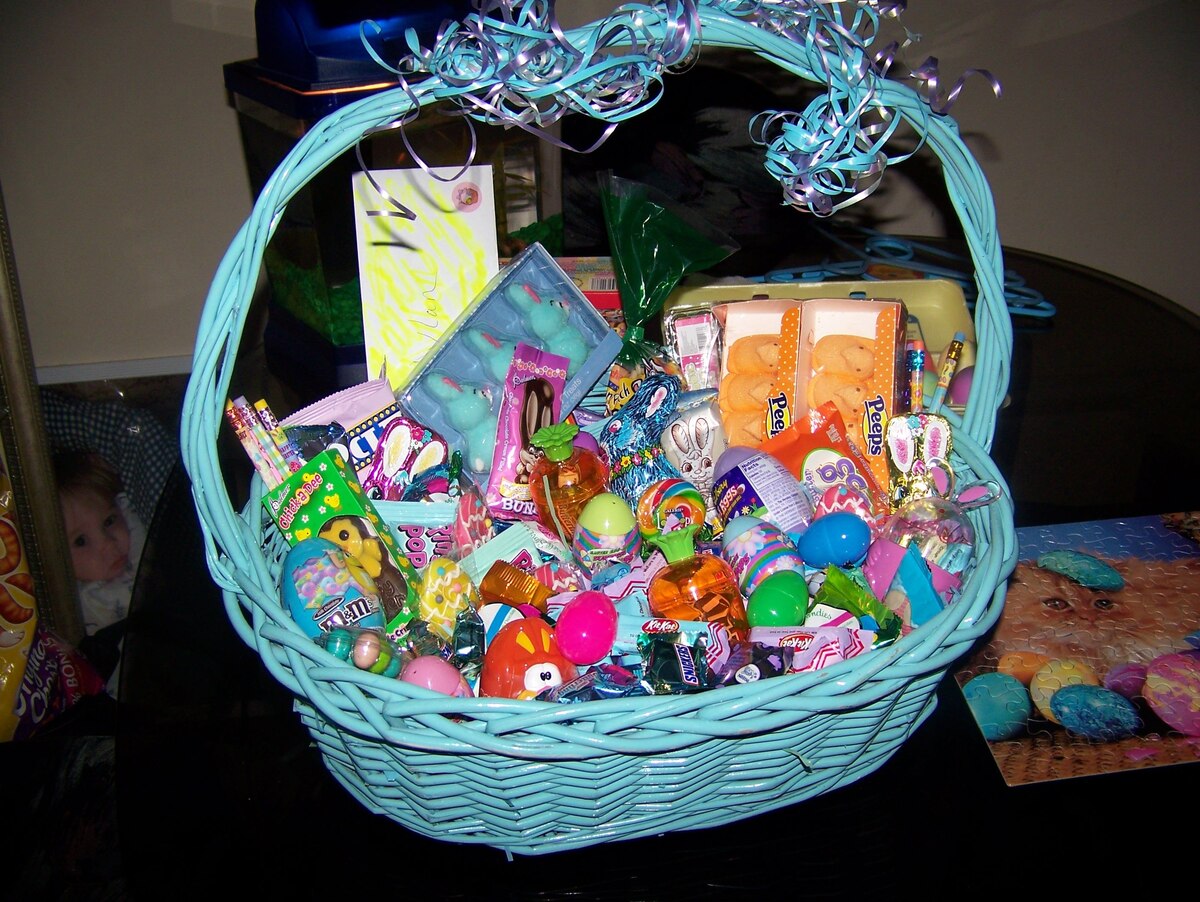

Seasonal Storage
Why Do We Do Easter Baskets
Modified: August 24, 2024
Discover the purpose behind Easter baskets and how they tie into the tradition of seasonal storage. Explore the significance and history of this beloved holiday tradition.
(Many of the links in this article redirect to a specific reviewed product. Your purchase of these products through affiliate links helps to generate commission for Storables.com, at no extra cost. Learn more)
Introduction
Easter is a joyous holiday celebrated by millions of people around the world. It is a time of renewal, rebirth, and the arrival of spring. One of the beloved traditions associated with Easter is the giving and receiving of Easter baskets. These baskets are not only filled with delicious treats and small gifts, but they also hold a deeper meaning that resonates with both children and adults alike.
In this article, we will explore the history, symbolism, customs, and creative ideas surrounding Easter baskets. Whether you are curious about the origins of this tradition or looking for inspiration for your own Easter celebrations, this article will provide a comprehensive look into the world of Easter baskets.
Key Takeaways:
- Easter baskets have a rich history, symbolizing resurrection, new life, and hope. They bring joy and tradition to the holiday season, fostering love, appreciation, and a sense of community.
- From themed to gourmet baskets, Easter baskets offer endless creative possibilities. They symbolize the spirit of Easter and the joy of embracing spring, serving as tangible reminders of love, joy, and hope.
Read more: Why Do We Use CAD
History of Easter Baskets
The history of Easter baskets can be traced back to ancient pagan rituals and customs. The spring equinox, which falls around the same time as Easter, has long been associated with fertility and the arrival of new life. In pagan cultures, baskets filled with offerings were presented to the goddess of spring as a way to ensure a bountiful harvest and prosperity for the year ahead.
With the spread of Christianity, the celebration of Easter evolved to incorporate these ancient traditions. Early Christians adopted the practice of using baskets as a way to symbolize the empty tomb of Jesus Christ after his resurrection. The empty basket represents the absence of Jesus and serves as a reminder of the hope and new beginnings that Easter brings.
During medieval times, Easter baskets became more prevalent in Europe. Children would decorate small baskets and present them to their parents or elders on Easter morning. In return, the baskets would be filled with colorful eggs, sweets, and small gifts as a token of love and appreciation.
In the 18th century, German immigrants brought the tradition of the Easter bunny to America. The Easter bunny, often depicted as a magical creature that delivers eggs and gifts, became associated with Easter baskets. Children would leave out their baskets in the hopes that the Easter bunny would fill them with treats overnight.
Over time, the tradition of Easter baskets has continued to evolve. Today, Easter baskets are not only filled with eggs and treats but may also include small toys, books, and other personalized gifts. The giving and receiving of Easter baskets has become a cherished tradition that brings joy and excitement to children and adults alike.
Symbolism of Easter Baskets
Easter baskets hold a deep symbolism that goes beyond their physical contents. They represent various aspects of the Easter season and carry spiritual significance for Christians. Here are some of the symbolic meanings associated with Easter baskets:
- Resurrection: Just as Jesus rose from the tomb on Easter Sunday, the empty basket represents the empty tomb. It serves as a reminder of the miracle of resurrection and the hope it brings.
- New Life: Easter is a celebration of new life and the arrival of spring. The basket, often made of natural materials such as straw or wicker, symbolizes the fertility and abundance of the season.
- Renewal: Easter is a time for spiritual renewal and a fresh start. The act of receiving and giving Easter baskets signifies the opportunity for personal growth, forgiveness, and rejuvenation.
- Generosity: Easter baskets are often given as acts of love and kindness. The act of filling a basket with gifts and sharing it with others reflects the generosity and selflessness that Christians strive to embody during the Easter season.
- Hope: Easter baskets are filled with joyful treats and surprises, symbolizing the anticipation and hope that accompanies the celebration of Easter. They serve as a reminder that even in difficult times, there is always hope for a brighter future.
The symbolism of Easter baskets can vary across different cultures and traditions. For some, the eggs inside the basket represent new beginnings and the promise of resurrection. Others may include religious symbols, such as crosses or images of the resurrected Christ, to emphasize the spiritual significance of Easter.
Overall, Easter baskets serve as tangible reminders of the central themes of Easter: resurrection, new life, renewal, generosity, and hope. They add a touch of joy and symbolism to the celebrations, making Easter a truly special and meaningful time of year.
Consider incorporating elements of the Easter story, such as the resurrection of Jesus, into your Easter basket tradition to help children understand the religious significance of the holiday.
Customs and Traditions Related to Easter Baskets
Easter baskets are not only filled with treats and gifts, but they are also part of various customs and traditions associated with the holiday. These customs vary across different countries and cultures, but they all share the common theme of celebrating Easter and the arrival of spring. Here are some of the customs and traditions related to Easter baskets:
- Easter Egg Hunts: One of the most popular customs related to Easter baskets is the Easter egg hunt. Children search for hidden eggs, candies, and small gifts in their gardens, parks, or indoor spaces. The baskets serve as a means to collect the treasures discovered during the hunt.
- Coloring Eggs: Coloring eggs is a beloved tradition that dates back centuries. It involves boiling eggs and dyeing them in vibrant colors. These beautifully decorated eggs are then placed in Easter baskets as a decorative element or given as gifts.
- Gift Giving: It is common for family and friends to exchange Easter baskets as a way to express love and appreciation. These baskets can be personalized with meaningful items such as favorite treats, small toys, books, or thoughtful gifts.
- Donating Easter Baskets: Many communities organize initiatives to provide Easter baskets to those in need. This act of generosity allows individuals to share the joy of Easter with others who may be less fortunate, spreading kindness and goodwill.
- Easter Brunch: Some families gather for a special Easter brunch or meal. During this time, Easter baskets are often displayed as part of the table centerpiece, filled with delicious treats and goodies for everyone to enjoy.
- Easter Parade: In some places, Easter parades are a popular tradition. Participants dress up in festive attire, carrying beautifully decorated Easter baskets and showcasing them to the community.
These customs and traditions surrounding Easter baskets add a sense of excitement, community, and joy to the holiday festivities. They provide opportunities for families and friends to come together, celebrate, and create lasting memories.
Creative Ideas for Easter Baskets
When it comes to Easter baskets, there are countless ways to get creative and make them extra special. Whether you’re putting together a basket for a child, a friend, or even yourself, here are some ideas to inspire your Easter basket creations:
- Themed Baskets: Choose a specific theme for your Easter basket, such as a favorite movie, character, or hobby. Fill the basket with items that reflect the theme, such as toys, books, or accessories.
- DIY Baskets: Get crafty and create your own unique Easter basket. You can weave baskets from natural materials, decorate plain baskets with paint or ribbons, or even repurpose containers like mason jars or buckets as creative alternatives.
- Educational Baskets: Consider filling the basket with educational items like books, puzzles, or learning games. This is a great way to combine fun and learning, encouraging children to explore and discover new things.
- Gourmet Baskets: For the foodies in your life, create a gourmet Easter basket filled with delectable treats and goodies. Include artisan chocolates, gourmet popcorn, flavored coffee, or specialty cookies.
- Outdoor Adventure Baskets: If you’re celebrating Easter in an outdoor setting, fill the basket with items for outdoor adventures. Include items like binoculars, a magnifying glass, a compass, or even a nature guidebook.
- Healthy Baskets: Opt for a healthier alternative by filling the basket with fresh fruit, granola bars, nuts, or organic snacks. You can also include small activity items like a jump rope, sidewalk chalk, or a small sports ball for some active fun.
- Spa or Relaxation Baskets: Create a relaxing Easter basket by filling it with bath bombs, scented candles, face masks, and other pampering items. This is a perfect gift for someone who deserves a little self-care and relaxation.
Remember to personalize your Easter basket by adding a handwritten note, meaningful trinkets, or small gifts that hold significance to the recipient. Get creative, have fun, and let your imagination run wild when creating Easter baskets. The more personalized and thoughtful they are, the more they will be cherished and appreciated.
Read more: What To Put In Teens’ Easter Baskets
Conclusion
Easter baskets have a rich history, deep symbolism, and a plethora of customs and creative possibilities. They bring joy, excitement, and a sense of tradition to the Easter season. From their ancient pagan origins to the incorporation of Christian beliefs, Easter baskets have become a cherished part of the holiday celebrations for people around the world.
These baskets symbolize the themes of resurrection, new life, generosity, and hope that are at the heart of Easter. They serve as a reminder of the miracle of Jesus’ resurrection and the promise of rebirth and renewal. Through the act of giving and receiving Easter baskets, we express love, appreciation, and a sense of community.
From Easter egg hunts to filling baskets with colorful treats and small surprises, the customs and traditions surrounding Easter baskets create lasting memories for individuals and families. These cherished traditions bring people together, fostering a sense of joy and togetherness during the Easter season.
Furthermore, Easter baskets provide an opportunity for creativity and personalization. Whether you’re following a specific theme, crafting your own basket, or filling it with unique and thoughtful items, the possibilities are endless. From themed and educational baskets to gourmet and relaxation baskets, there are options to suit everyone’s interests and preferences.
In conclusion, Easter baskets go beyond their physical contents, carrying a deeper meaning and significance. They represent hope, renewal, and the abundance of new life. They reflect the spirit of Easter and the joy that comes with embracing the arrival of spring. As you prepare and exchange Easter baskets, allow them to serve as reminders of the love, joy, and hope that Easter brings.
Frequently Asked Questions about Why Do We Do Easter Baskets
Was this page helpful?
At Storables.com, we guarantee accurate and reliable information. Our content, validated by Expert Board Contributors, is crafted following stringent Editorial Policies. We're committed to providing you with well-researched, expert-backed insights for all your informational needs.
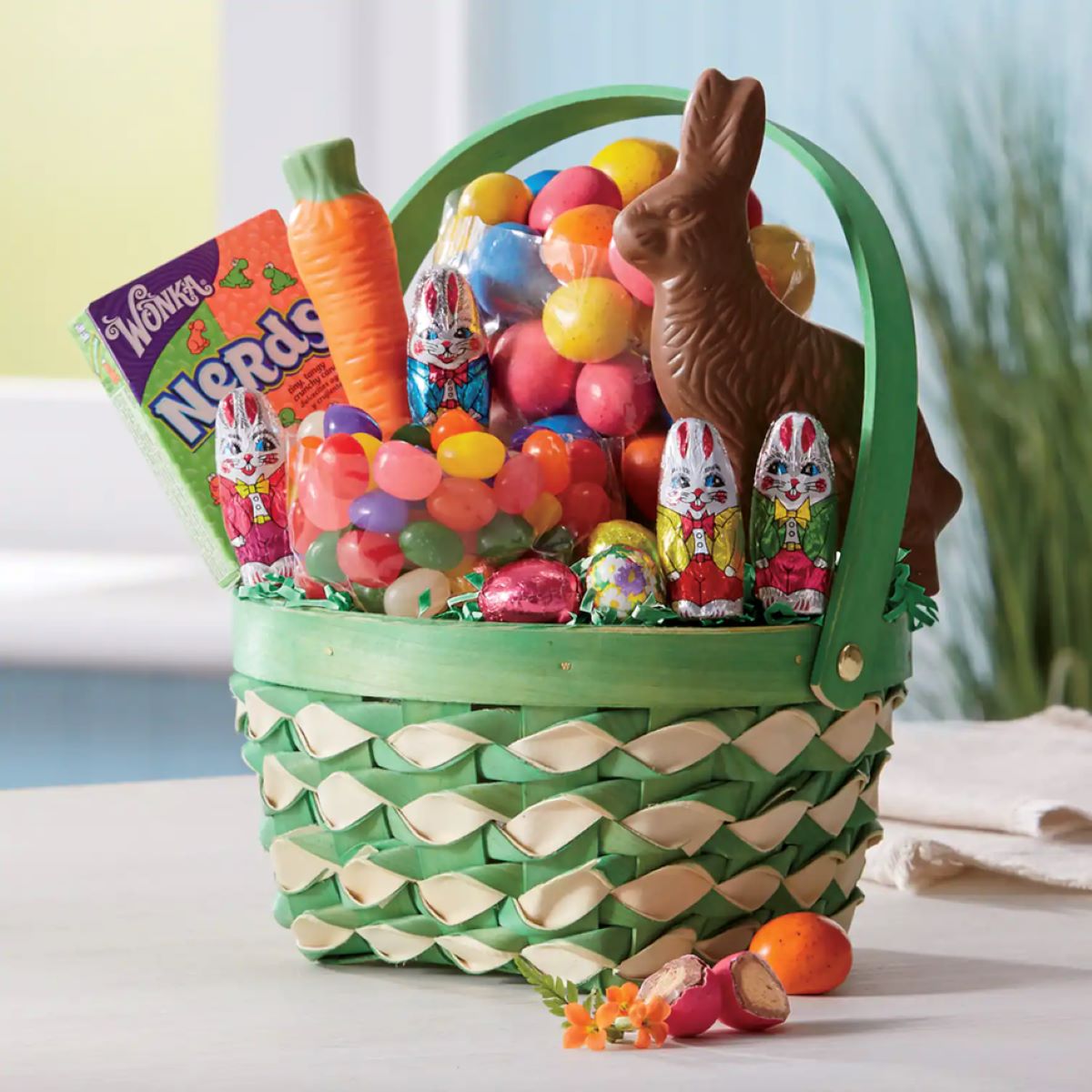
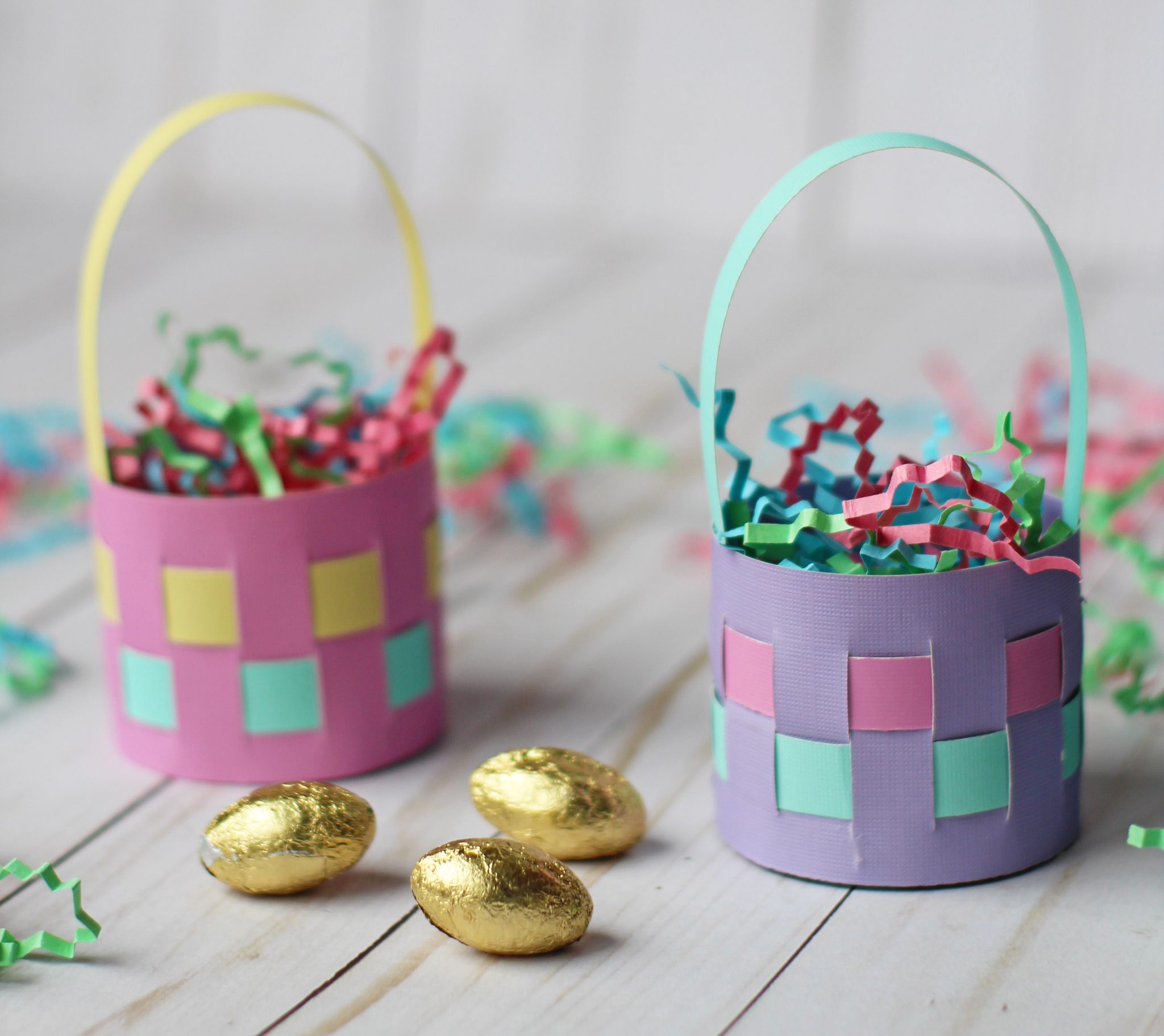

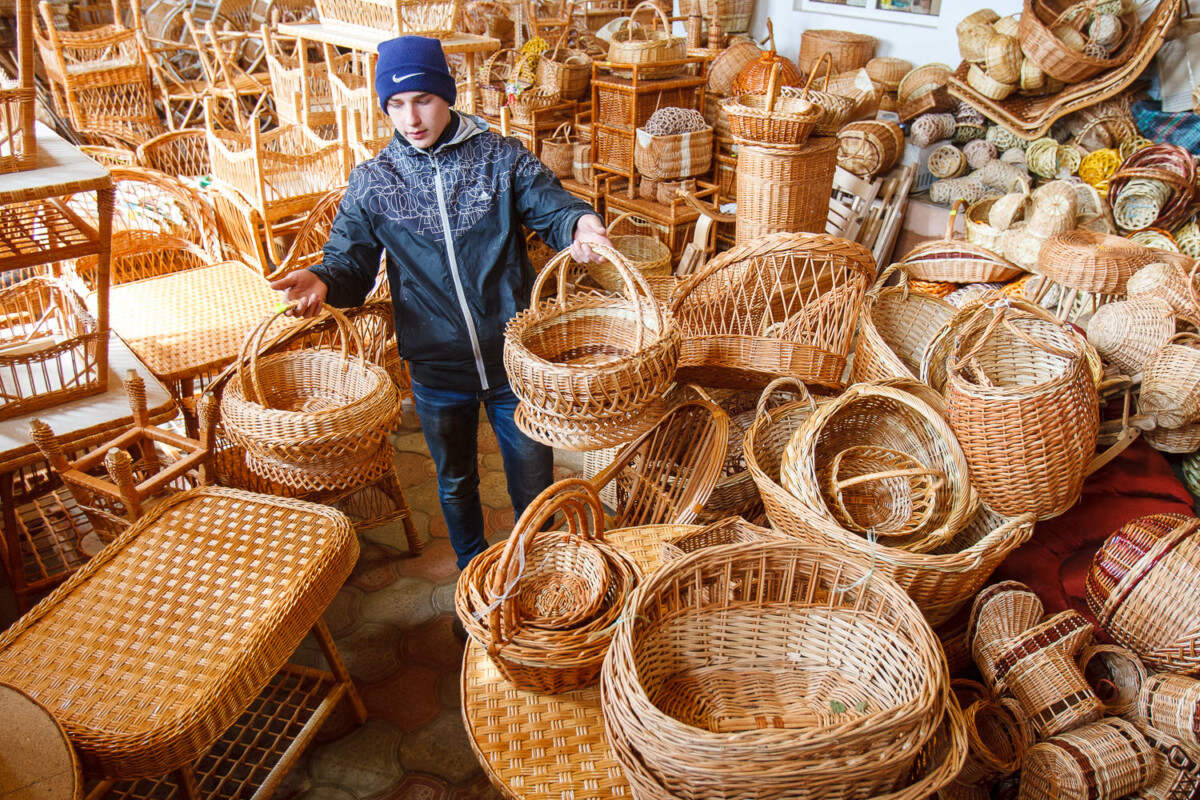
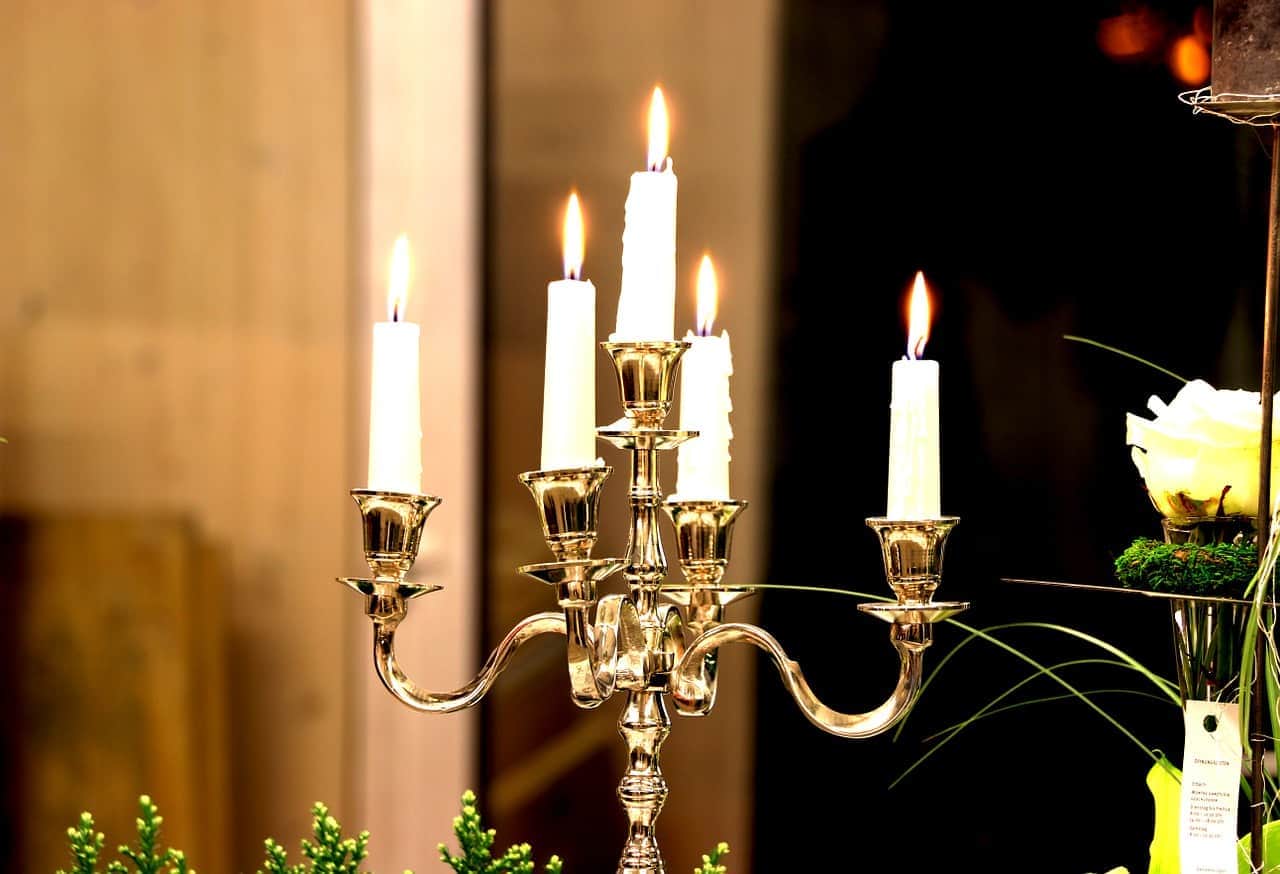
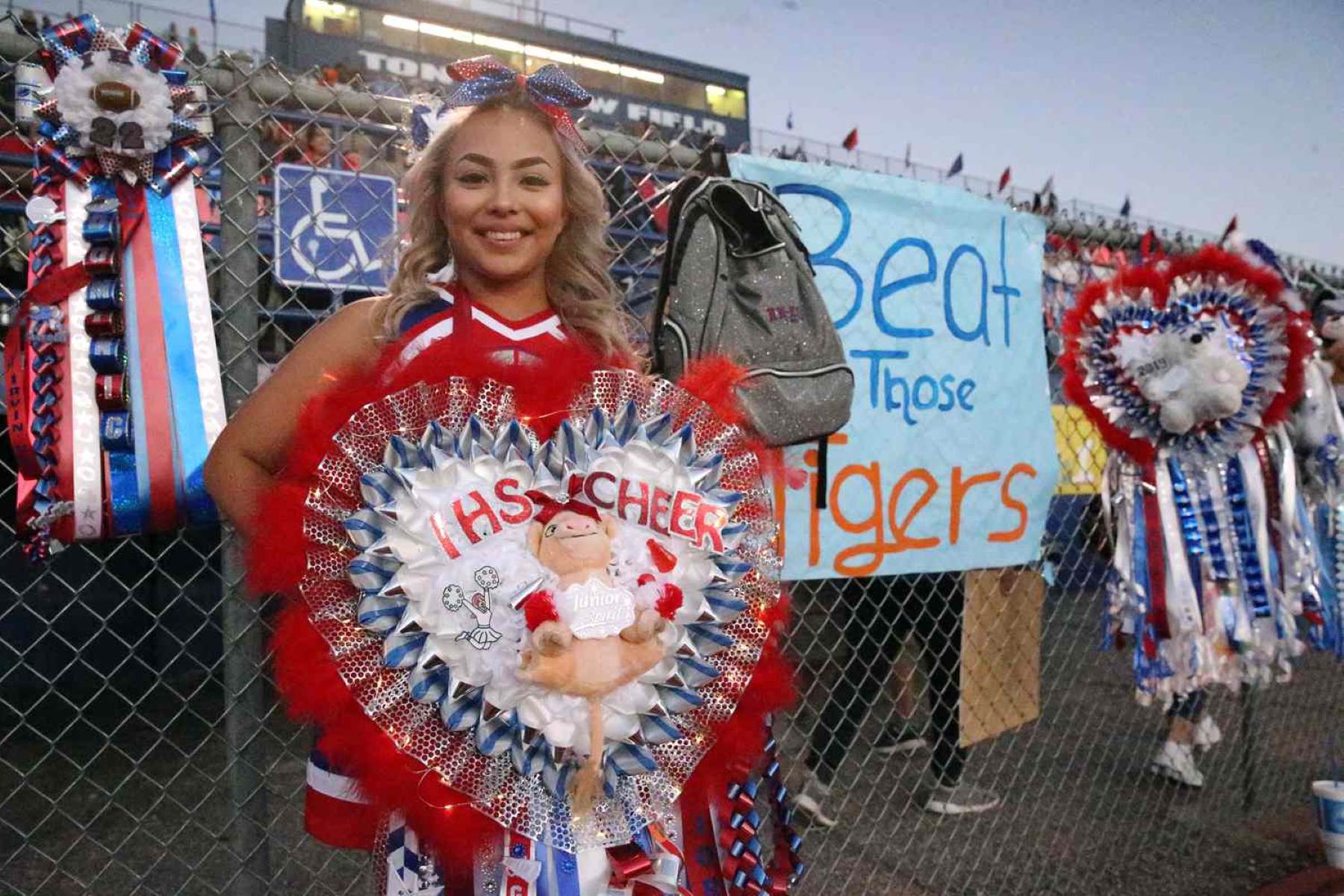
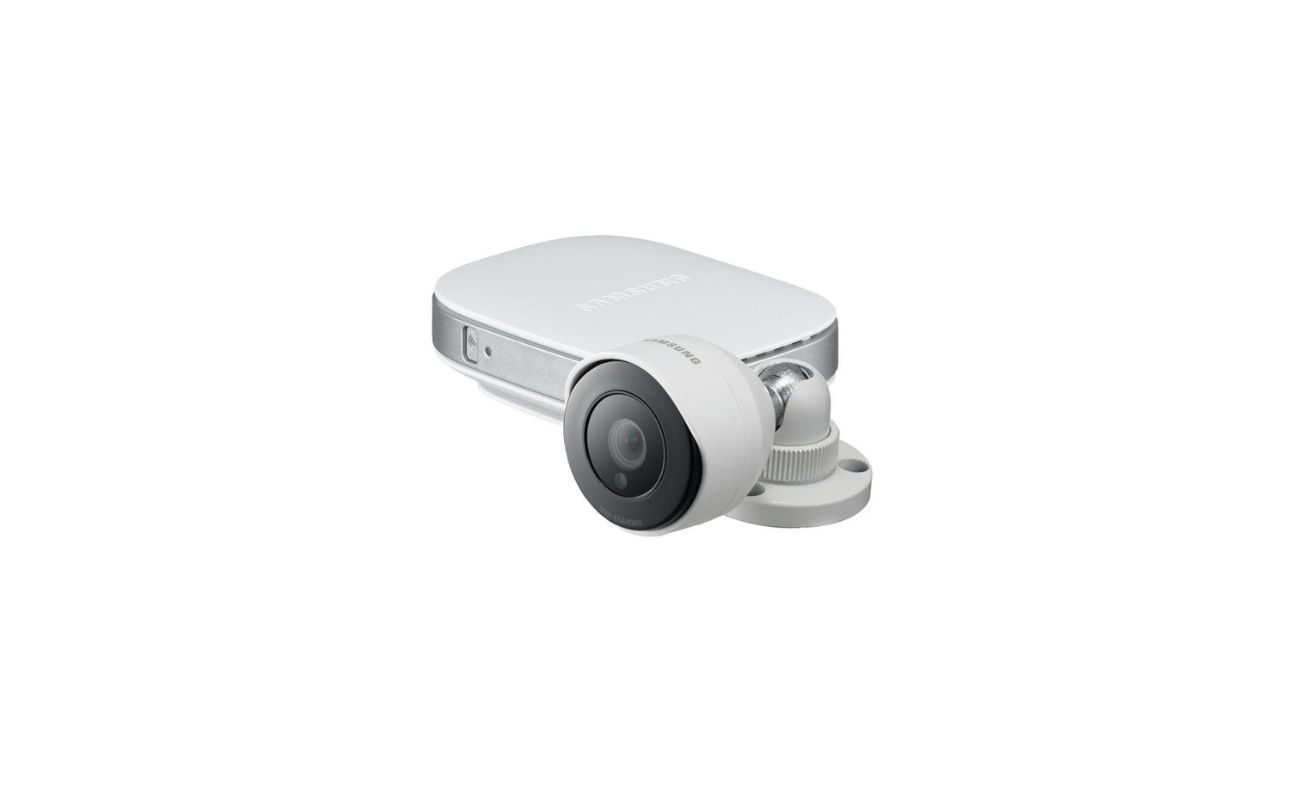
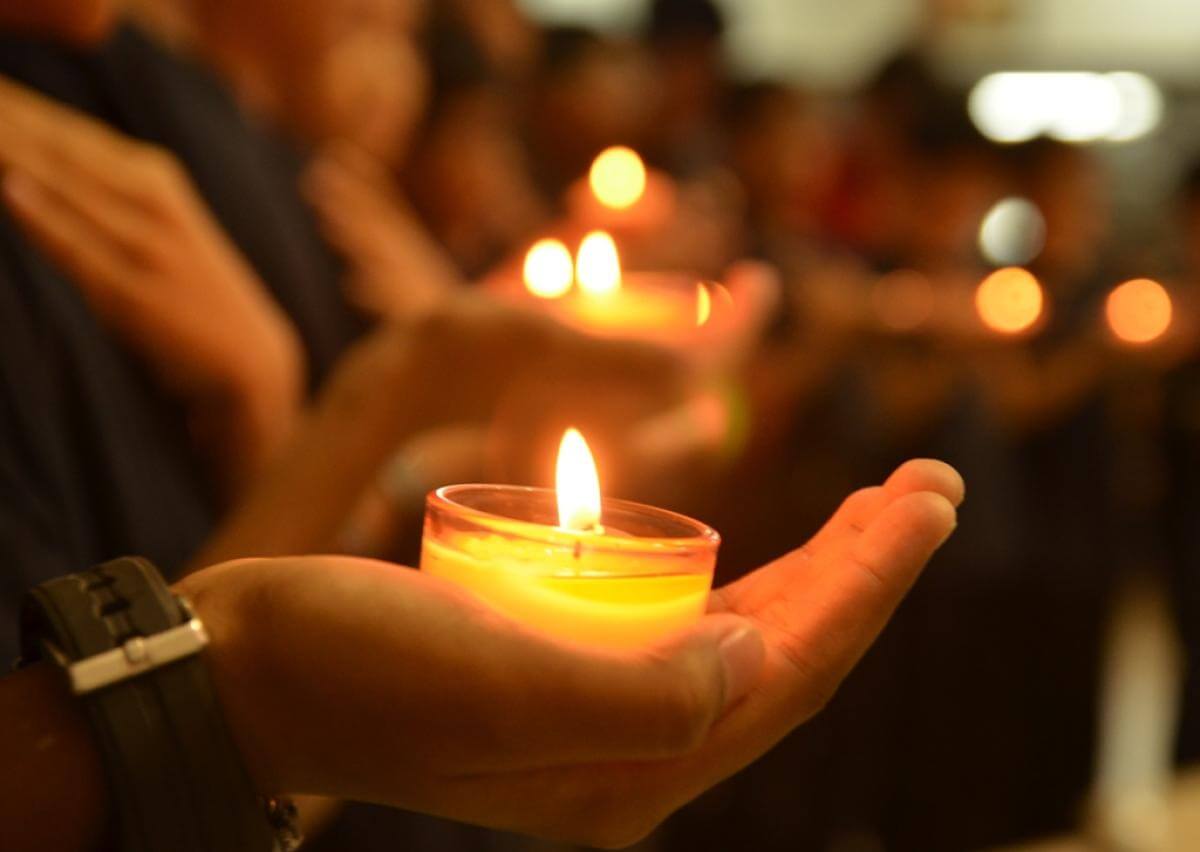
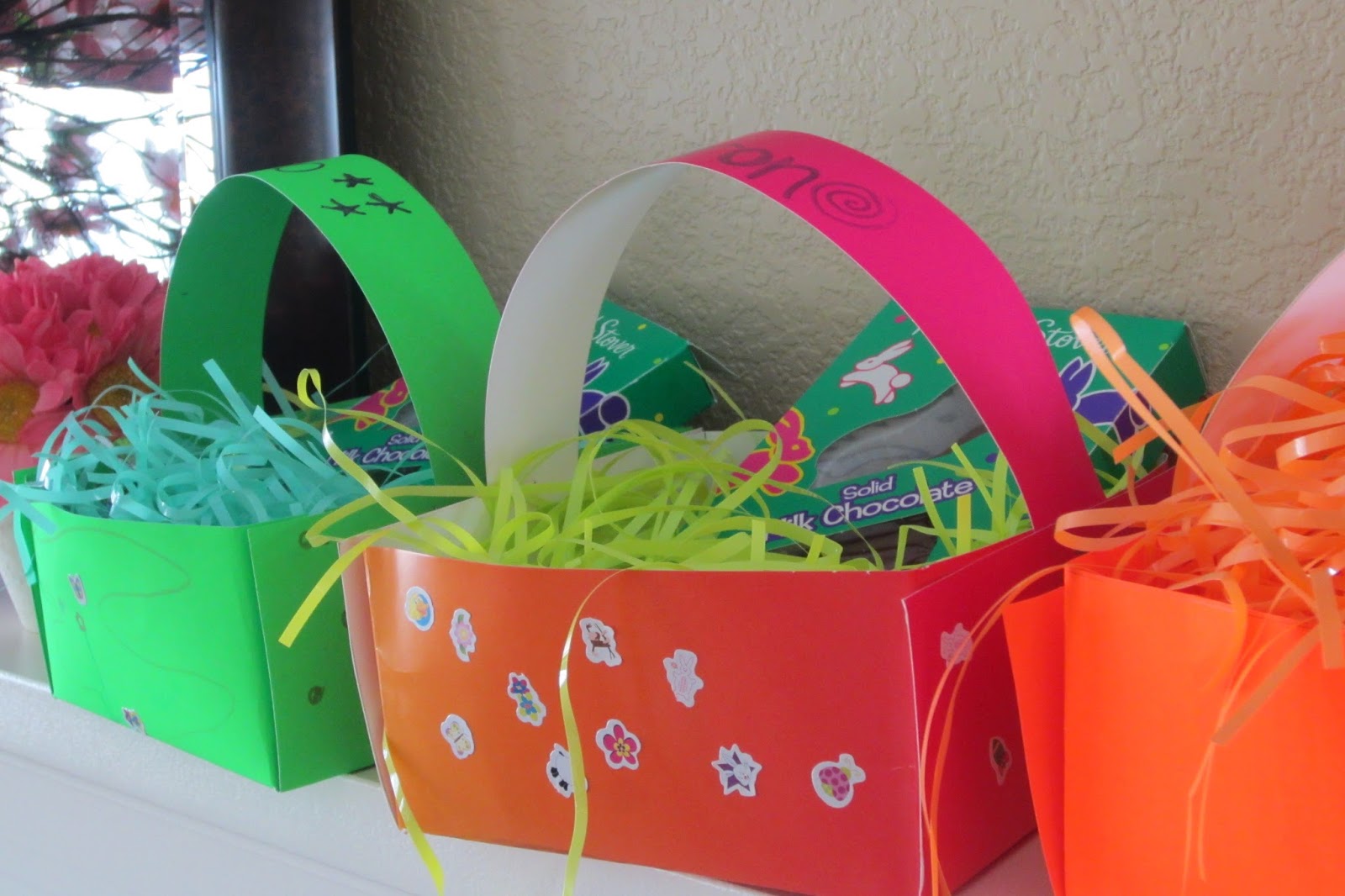
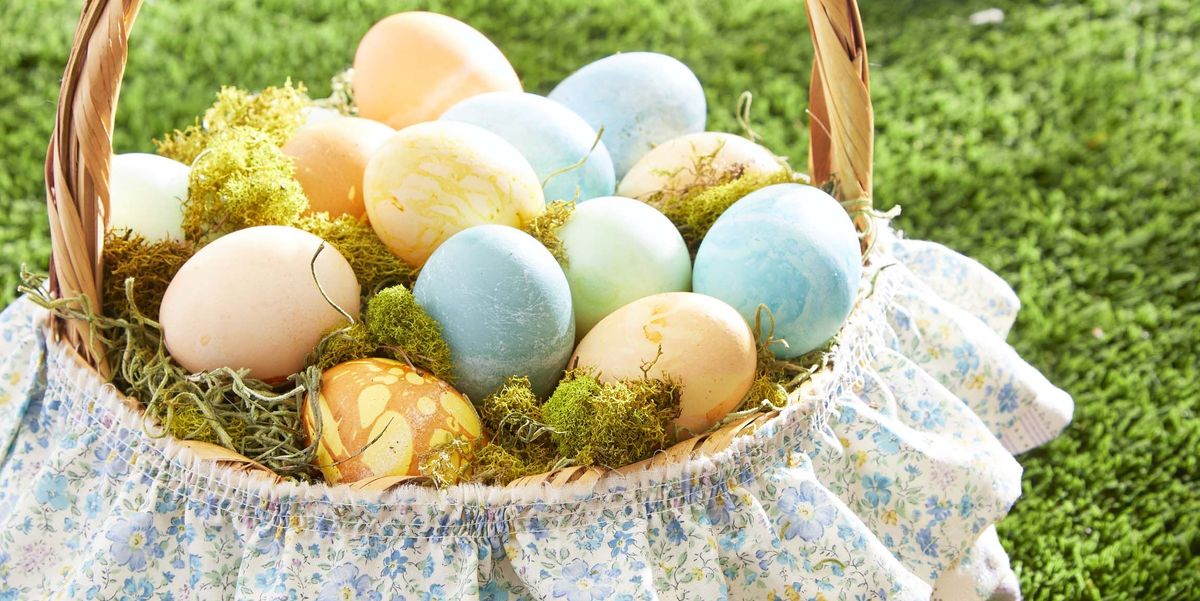

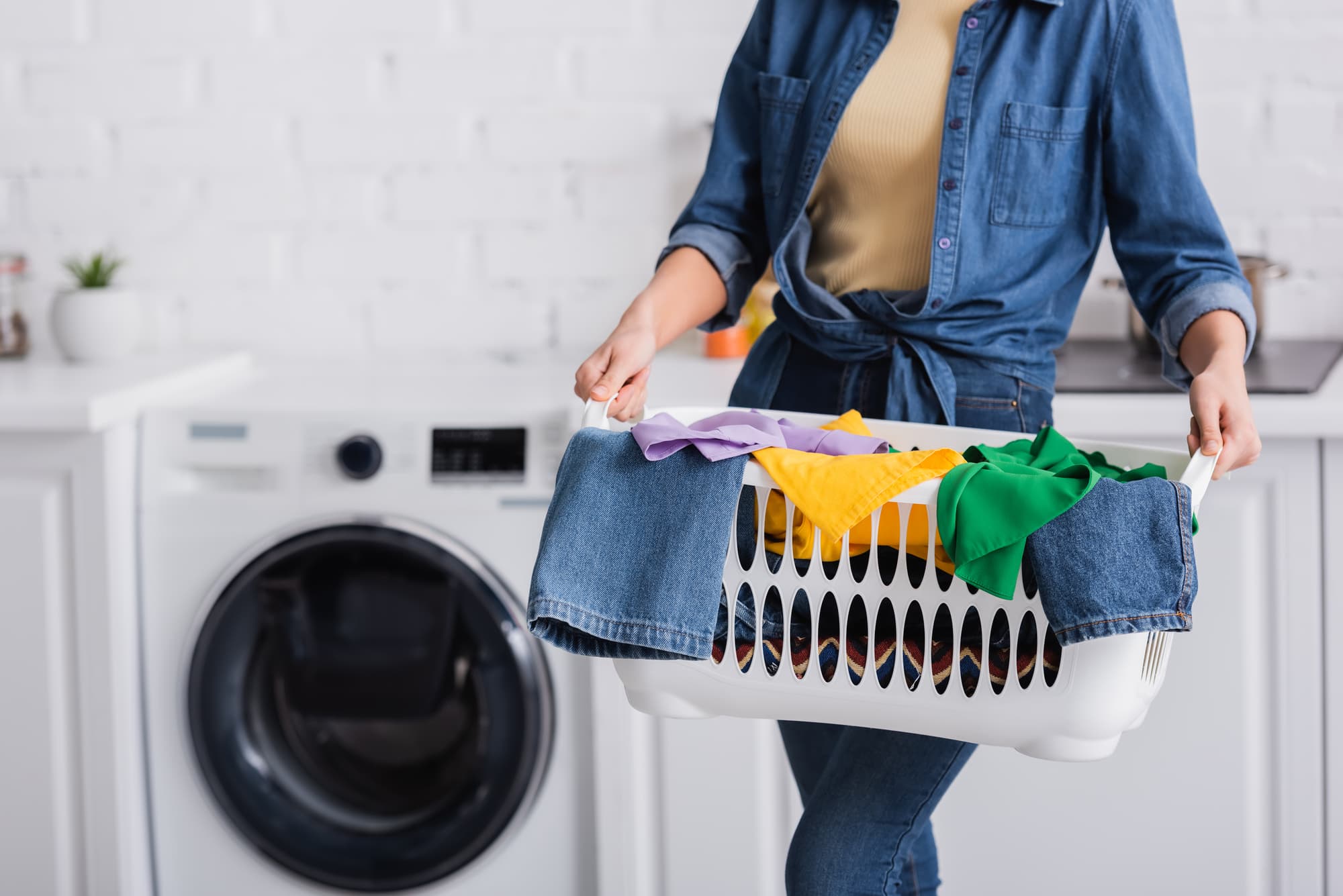



0 thoughts on “Why Do We Do Easter Baskets”